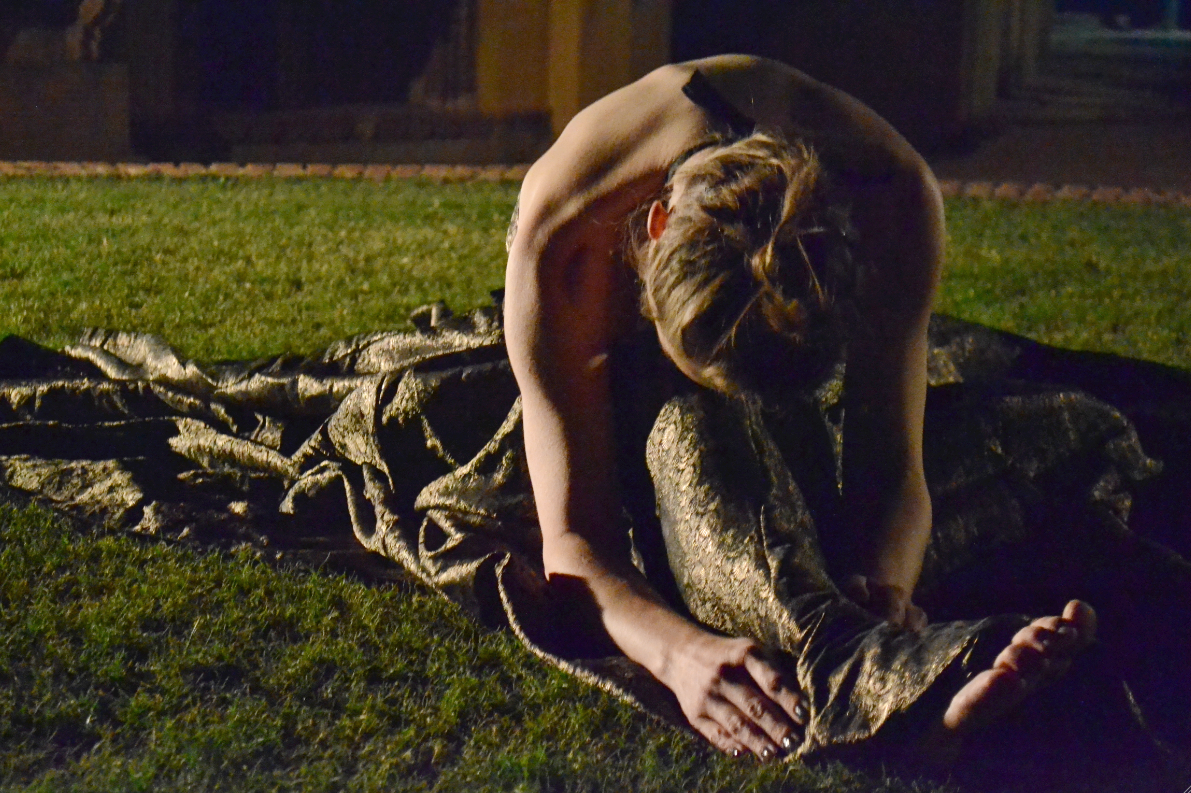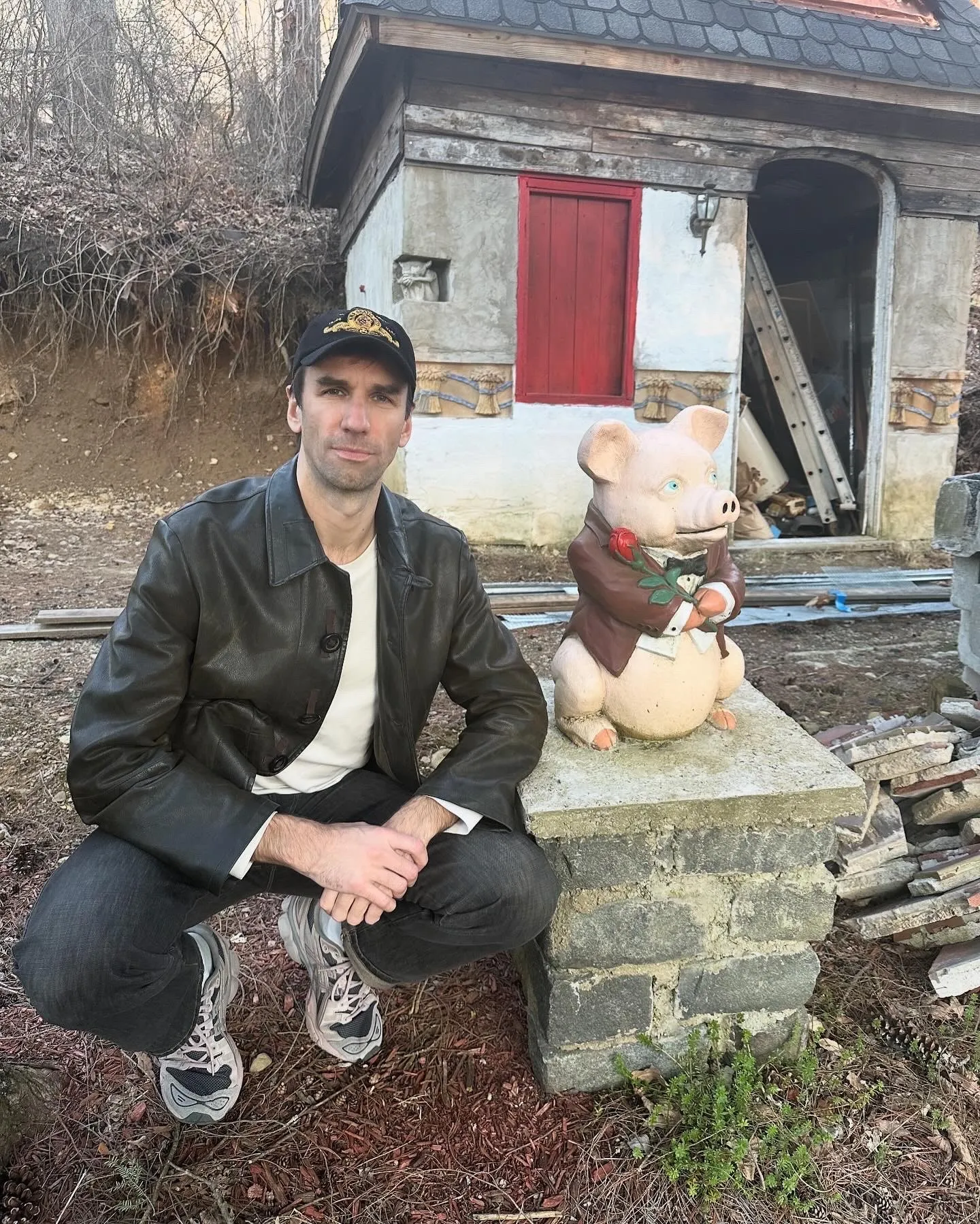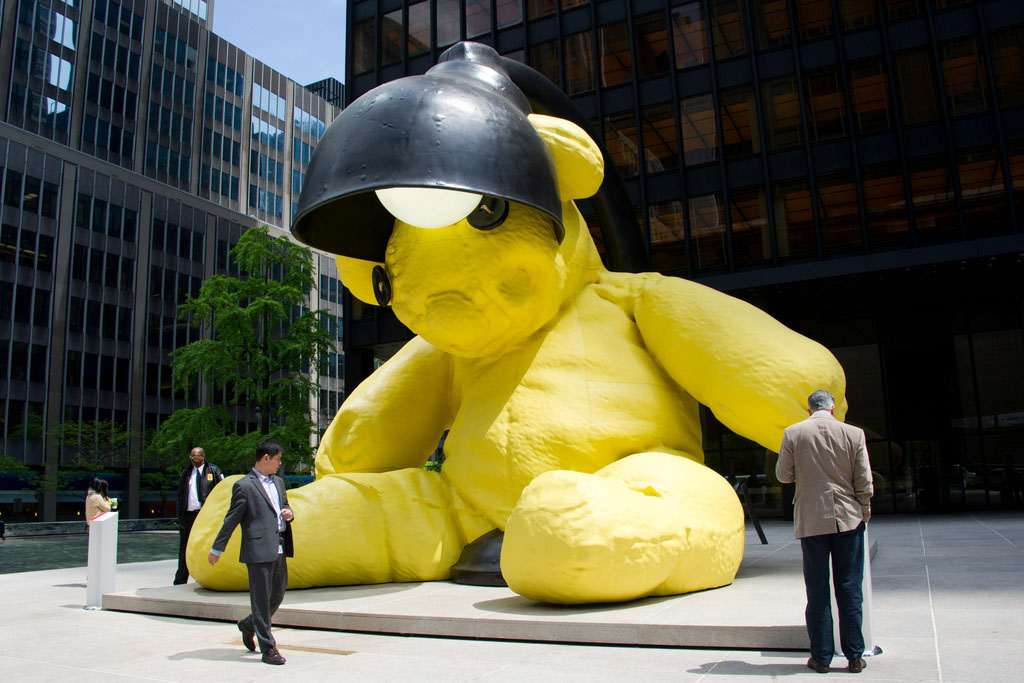Swiss sense and Indian sensibility spark art exchange

Switzerland and India couldn’t be more different if they tried. A Swiss-funded exchange programme allows artists from both countries to expand their artistic horizons by making the most of these differences.
Shazeb Shaikh is busy preparing his signature cocktail which involves combining a spicy Indian lemonade called Jal-jeera with vodka. The exotic drink will be served to guests at a welcome function in his honour in Basel where Shaikh will be starting his three-month residency as a curator with the Atelier Mondial studio. His goal is to organise an experimental art festival that will take art to the streets of Basel this September.
It is part of a cultural exchange programme funded by the Swiss arts council, Pro Helvetia, which gives artists from around the world “the chance to gain a broad insight into a different cultural environment”. Swiss artists also get the opportunity to visit other countries like India.
Artistic inspiration
While Shaikh is only just getting his bearings, Indian artist Hetal Chudasama and Switzerland-based artist Mirjam Spoolder are more experienced in cross-cultural artistic exchanges. Spoolder has just returned from New Delhi while Chudasama has been in Basel for a little over a month.
“I wanted to go to India to see a different world in terms of religion, culture, climate and the way people express themselves,” says Spoolder who is a visual and performance artist.
She was really interested in exploring the relationship between clothes and identity. The Basel-based artist was impressed by how the Indians strive to maintain their culture in a modern world and her latest India-inspired performance piece reflects this struggle.

“In India you see the colours among the Indian people, while in Switzerland you find it in nature, in the mountains and forests,” she says.
Chudasama on the other hand had no fixed ideas about her Swiss sojourn but like Spoolder she is also interested in unlocking the puzzle behind people’s identities.
“I am very interested in myths and the effect they have on our day-to-day behaviour,” she says.
The Indian artist is currently seeking inspiration from Alpine folklore for her work. She is particularly fascinated by Switzerland’s witch hunting past, something which is very much part of the present in India.
Between the 15th and 18 centuries around 6,000 witches were executed in Switzerland. In India, witch hunting is still practised in certain parts of the country and a staggering 160 Indians were murdered on suspicion of practising witchcraft in 2013 alone.
“Witch hunting stands out because it is something that I can imagine happening in India,” says Chudasama. “But it is difficult for me to imagine it occurring in Europe until the 18th century.”
Indian art scene
“A thriving arts scene and artists’ communities in a number of cities, plus its healthy networks with its South Asian neighbours make it a very attractive and sympathetic space to expand and develop artistic networks,” says Chandrika Grover Ralleigh, head of Pro Helvetia New Delhi.
Pro Helvetia’s New Delhi liaison office was its first in Asia, a testament to the importance of the region as a global arts hub. Art fairs like the Kochi Biennale and the India Art Fair have become well-known fixtures on the international art circuit. Artists from India are also starting to make an impact at a global level.
“All of a sudden contemporary Indian artists like the like Raqs Media Collective External linkare being exhibited in really renowned institutions,” Marianne Burki, head of visual arts at Pro Helvetia told swissinfo.ch. “We are seeing many more Indian artists everywhere.”
Spoolder who also had the opportunity to meet Indian artists and visit art fairs was impressed by the local art scene.
“I was pretty amazed at how good the fairs were and it inspired me,” she says. “The craftsmanship was very impressive and you don’t see that in Europe anymore.”
The rapidly evolving art scene in India has helped bring respectability to what was once viewed as either an indulgent hobby or a dangerous pastime.
“Parents are worried about an artist’s career prospects and Indian society views artists as unemployed people,” says Chudasama. “Artists are also seen as dangerous as they naturally acquire a whole new way of thinking and behaving that their families and society can’t deal with it.”
Return on investment
Pro Helvetia has an annual budget of almost CHF100,000 ($105,584) for the Indian-Swiss art exchange residencies but what does Switzerland stand to gain?
“Just as Switzerland has to step out into the world, a Swiss artist has to step out of his or her own little world to make an impact,” says Pro Helvetia’s Burki. “You can only claim to have an understanding of contemporary art if you know what is happening in different parts of the world.”
India is also an emerging art market. In 2013, the auction house Christie’s managed to sell over $15 million worth of contemporary Indian art – almost double the pre-sales estimate – at its first ever auction in the country. According to an analysis by Art Price, Swiss contemporary artists accounted for only 0.6% of the global art auction turnover between July 2013 and June 2014. With Asia overtaking the West in global art sales – China was the world’s leading contemporary art market in 2014 with 40% of global sales – an Asian residency could help make Swiss artists more bankable.
“It gives them exposure in other ‘markets’ as well as broadens their horizons, as well as collaborate internationally,” says Ralleigh of the New Delhi office.
But the art residency is not just about nurturing professional networks or a vehicle for advancing a nation’s soft power strategy. While admitting that it is difficult to quantify her contribution to Switzerland, Chudasama feels that foreign artists have something unique to offer through individual interactions.
“I am making India more familiar to the few people I interact with here,” she says. “Even in the internet age a foreign country is still alien until you meet a person who comes from there.”
Spoolder believes that it is also the artist’s responsibility to ensure that they get maximum value from their residencies. She advises applicants to experience as much as possible.
“You get a difference experience of India depending on whether you walk, take a rickshaw, hire a taxi, ride on a train or catch a flight,” she says.
Pro Helvetia has liaison offices in India, China and South Africa and offers residencies to Swiss artists in these countries in the areas of the visual arts, design and interactive media, music, literature, theatre and dance. Indian, Chinese and South African artists can also apply for residencies in Switzerland.
On offerExternal link are three-month studio residencies and four-week research residencies.

In compliance with the JTI standards
More: SWI swissinfo.ch certified by the Journalism Trust Initiative














You can find an overview of ongoing debates with our journalists here . Please join us!
If you want to start a conversation about a topic raised in this article or want to report factual errors, email us at english@swissinfo.ch.